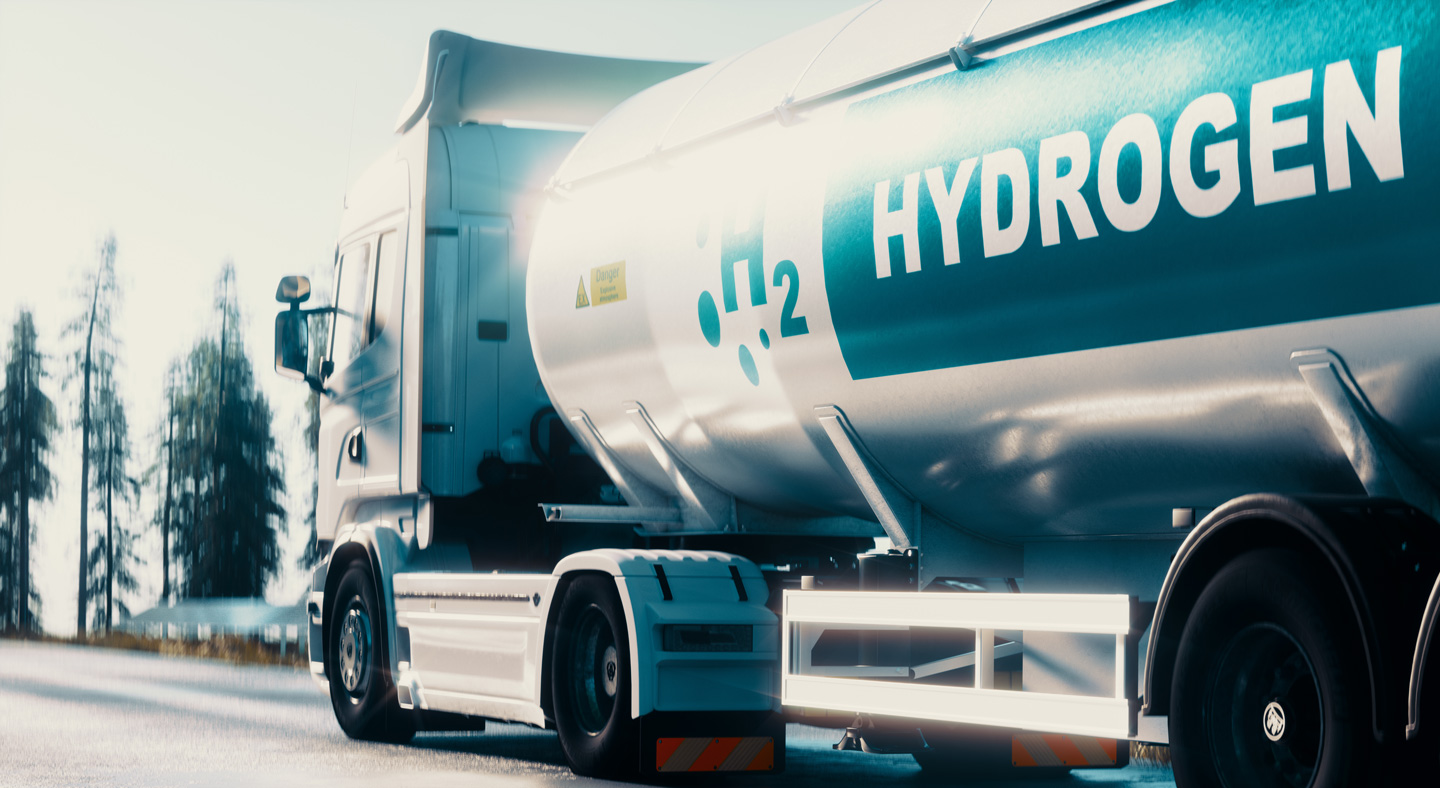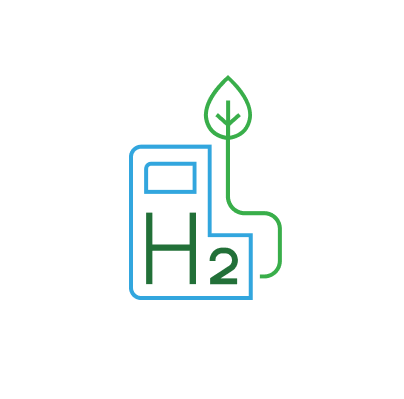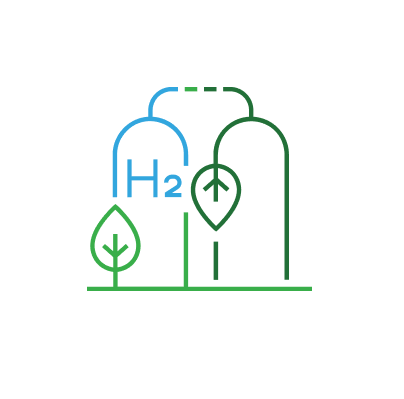Hydrogen Delivery

The United States’ strategy to transition toward environmental sustainability continues to evolve and using hydrogen as a fuel is considered an important element of such a strategy.
However, a massive buildout of hydrogen infrastructure including a significant national network of hydrogen pipelines will be necessary to support this strategy. Having standards is foundational to successfully deploying hydrogen – but it does not need to impede progress.
The Compressed Gas Association has been writing standards supporting the infrastructure behind hydrogen for nearly 70 years and is one of the standards development organizations working with state and federal government organizations to develop these new technical standards. Today, through the Safe Hydrogen Project and CGA’s Hydrogen Membership and Committees, we are moving faster than ever to develop standards to enable the hydrogen economy.
A sustainable hydrogen ecosystem requires that hydrogen be delivered from where it is produced to the point of end use, such as an industrial facility, power generator, or fueling station. Currently, the main methods for transporting and delivering hydrogen are by truck and through pipelines.
Trucks Delivering Hydrogen
Hydrogen can be delivered by truck in compressed gas form, in cylinders for small amounts, in tube trailers for larger volumes, or in cryogenic liquid form for even larger amounts.
Pipelines Carrying Hydrogen
Pipelines can efficiently transport large hydrogen quantities, but the materials used must ensure safe delivery.
Current Pipeline Landscape
As of December 2020, there were 1,608 miles of active hydrogen pipeline in the United States.
Over 90% of these pipelines are located along the Gulf Coast in Texas, Louisiana, and Alabama, primarily serving refineries and ammonia plants in the region. 27 comparatively short hydrogen pipelines are located elsewhere in Texas, Louisiana, and in 9 other states. California has 16 miles of hydrogen pipeline, Indiana has 14 miles, and the remaining 7 states have fewer than 10 miles each. By comparison, there are over 300,000 miles of U.S. natural gas transmission pipeline (not counting distribution mains) located in the 48 contiguous states and Alaska.
CGA Standards for Delivery of Hydrogen
Explore Hydrogen Standards
Get Involved
Interested in joining CGA and working on the safety standards that will guide this growing industry?



